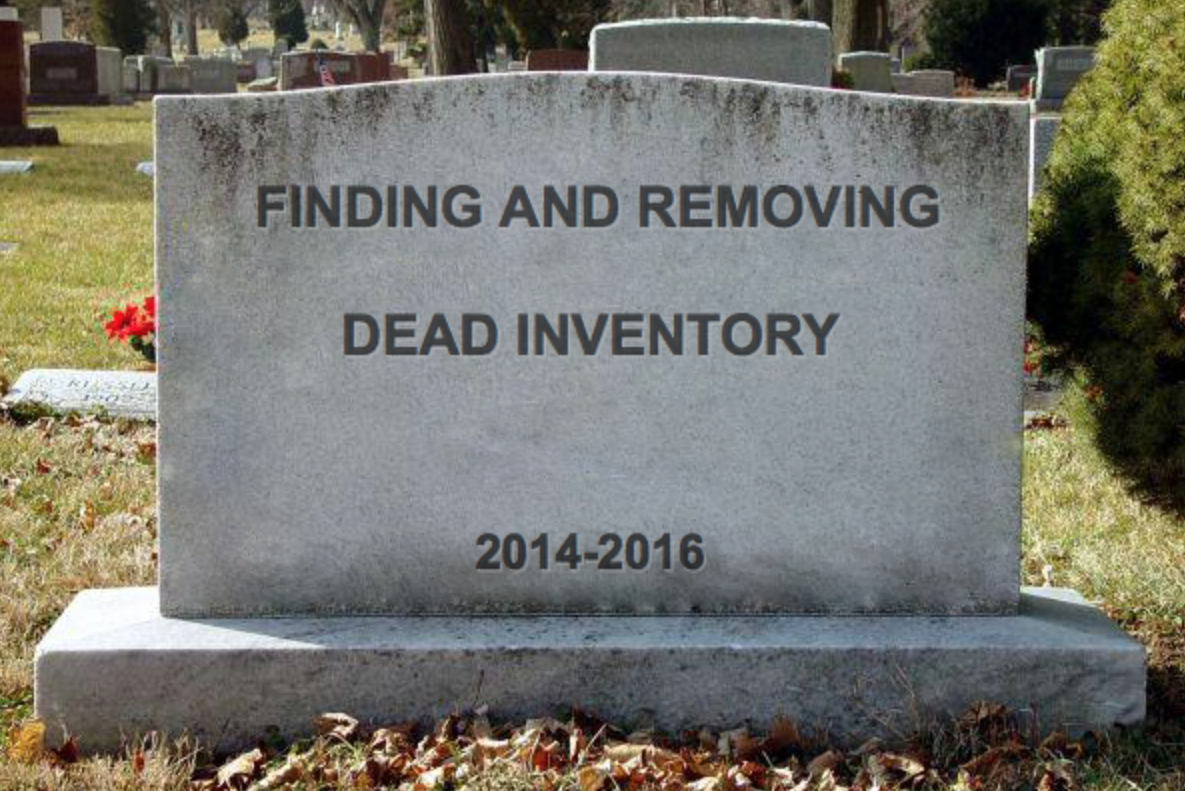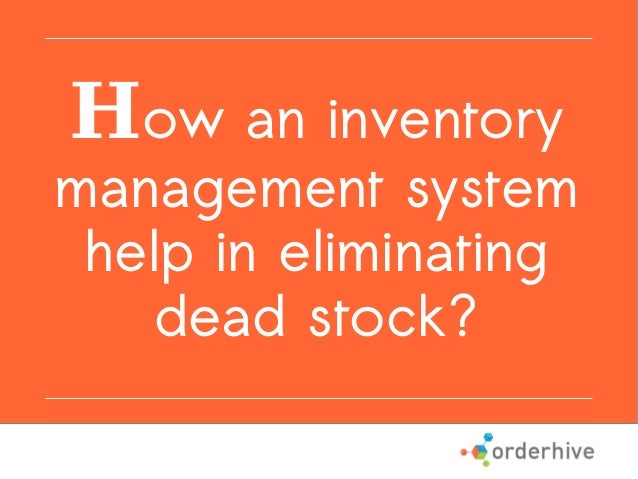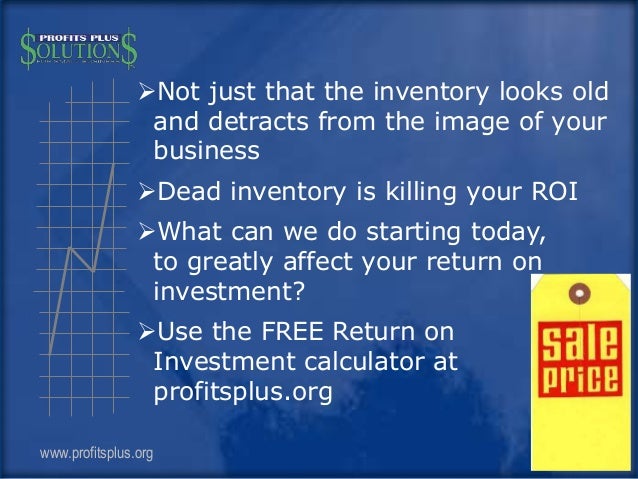

#Dead inventory meaning how to
Let’s see the most common reasons for businesses to find themselves in this situation, how they can avoid it and how to reduce dead stock. Regardless of how well you manage your inventory, you may still find yourself stuck with some amount of dead stock. Then there is the opportunity cost – the lack of storage space could mean not being able to bring in fast-selling stock, that could have brought in revenues.ĪLSO READ: How Does Landed Cost Affect the Cost of Inventory? What Causes Dead Stock? And How to Avoid It? Of course, the more time it takes for an item to be sold, the more the carrying costs for that item – hence, dead stock is a nightmarish situation for holding costs. Of course, it doesn’t end there – there are other costs that could be much more, but they cannot be quantified easily.Ĭarrying or inventory holding costs can cause roughly 25% of a company’s capital at any time, but it is not easy to define how much of it is caused by dead stock. Let’s say a business has 500 units of product lying unsold, costing SAR 60 each, in theory, the business is set to lose SAR 30,000. Loss of revenue is, of course, the most obvious cost of dead stock.

Precious inventory space that could have been used for stocking quick-selling products is tied up in storing slow-moving stock that ends up as dead inventory.What’s more, you spend a lot more later in taking care of it, so eventually, not only do you lose money on those items, you miss the opportunity of making profits on high-selling products. Even if dead stock is sold, it is sold at a small fraction of the cost, so the opportunity to make a profit, or even get back your original investment, is gone.

You need more employee hours to count, shuffle, rearrange, and dispose of the stock – and all for items that may not even bring in the money you paid even in the initial stage.

#Dead inventory meaning plus
Holding inventory in warehouses costs money the longer it stays there, the more the expense – plus it takes up space you could have used to store fast-moving stock it represents an investment on which you have not got returns as well. In most cases, inventory that remains unsold for a year is usually categorized as dead stock, especially in accounting – and this is a liability.ĪLSO READ: Detailed Guide to Batch Tracking Why Is Dead Stock Bad for Business? Initially, they may be tagged as slow-moving inventory, and if they stay unsold, they may be labeled as excess, and then as dead stock. Of course, nobody expects their entire stock to be sold in a day or two (other than perishables) so when do we deem inventory as dead? Products returned by customers are not considered dead stock. Perishable items like food and medicines, become dead stock very quickly as they have to use within a short time. Wrong deliveries, damaged products, raw materials that have expired, and leftover seasonal items, all form part of dead stock. Inventory that cannot be sold the usual way is dead stock dead stock inventory occurs because you may have ordered or manufactured more items than what you managed to sell. The inventory that is lying in your warehouse unsold, and with no possibility of being sold because it has become obsolete, or out of vogue, is called dead stock, or dead inventory or obsolete inventory.ĪLSO READ: Tips For Efficient Stocktaking Dead Stock Explained Not only does it occupy warehouse space unnecessarily, but it can also pose a danger to your viability. You should always have the right amount of inventory – too much could mean more expense, or the danger of stocks remaining unsold. It is essential to know how much inventory you have on hand, and how much you need to order so that production or sale is not interrupted. Inventory management is a complex but crucial component of running a successful business. What is Dead Stock – How Can You Avoid It?


 0 kommentar(er)
0 kommentar(er)
